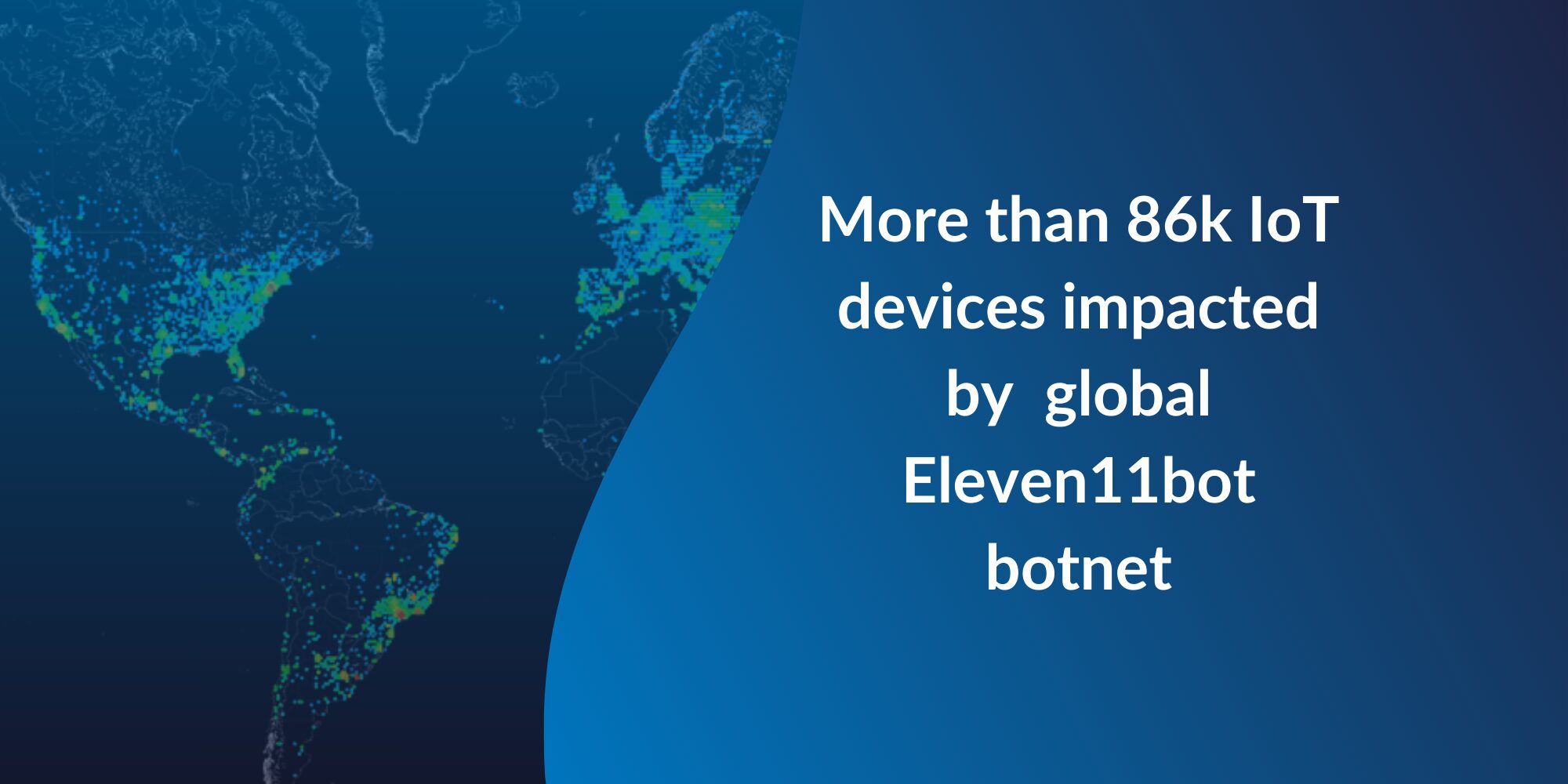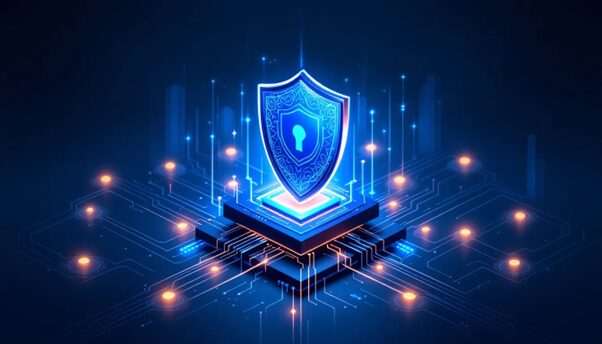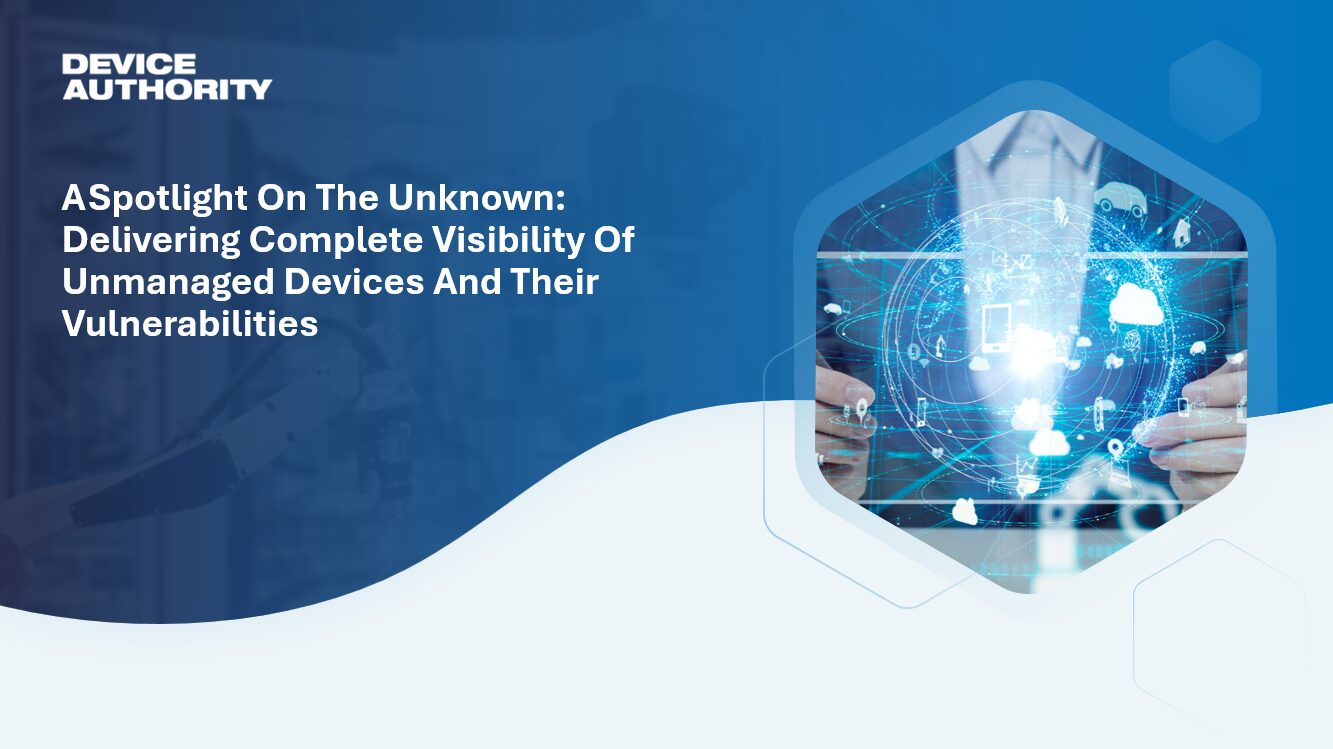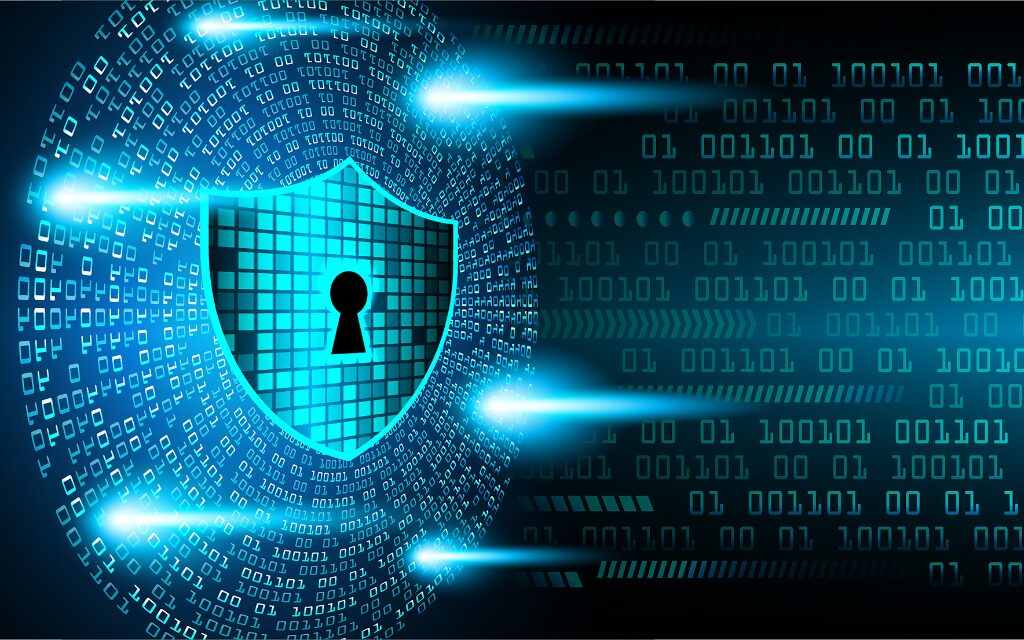Resources
Resources
Stay up to date with the latest news, opinions and free resources from Device Authority.
From company announcements, expert opinion on the latest IoT security issues or helpful guides to support your own organization, use our filters below to find the resources most useful for you.

Unmasking the Hidden Threat: How Unsecured IoT Devices Fueled the Eleven11bot Botnet—and How to Stop the Next Attack
The recent emergence of the Eleven11bot botnet which has compromised over 86,000 Internet of Things (IoT) devices, underscores the critical vulnerabilities inherent in unmanaged IoT ecosystems. This botnet, reported by The Shadowserver Foundation, primarily targets devices such as security cameras and network video recorders, leveraging them to execute large-scale DDoS attacks against sectors including telecommunications and online gaming platforms.

Device Authority unveils Discovery Tool to enhance IoT visibility and security
New tool will simplify the process of discovering every unmanaged device on a network, highlighting vulnerabilities and improving asset security

Best Practices for Implementing Continuous Monitoring to Improve Cybersecurity for the IoT
Continuous monitoring helps organisations to detect and respond to threats in real-time. It’s crucial for protecting against data breaches and ensuring system integrity. This article explains what continuous monitoring is, it’s importance and features, and best practices of continuous monitoring to strengthen your cybersecurity.

A Spotlight On The Unknown: Delivering Complete Visibility Of Unmanaged Devices And Their Vulnerabilities

What is Network Micro-Segmentation? Benefits and Implementation Guide
Network micro-segmentation is a cybersecurity strategy that divides your network into smaller segments to better manage and secure network traffic. This approach helps prevent unauthorised access and limits the spread of threats within the network.

Understanding the Zero Trust Security Framework: Core Principles and Benefits for CISOs
The Zero Trust Security Framework is a fundamental approach to digital security. It assumes that every user and device is untrusted, requiring continuous authentication. This model helps to protect against the growing number of cyber threats. In this article, we discuss its principles, benefits, and real-world applications.

Top Cyber Resilience Best Practices CISO’s Need to Know
Want to strengthen your organisation’s ability to withstand and recover from a cyber attack? Given the inevitability of such threats in the digital business landscape, understanding the key elements to cyber resilience is crucial. In this article, we’ll discuss the practical steps to prepare, respond, and ensure continuous operations and ensure resilience to cyber threats.

FutureCon St. Louis Cybersecurity Conference – 21 Mar St. Louis
This event is the perfect opportunity to discover cutting-edge security approaches and learn how to manage risk in the ever-changing cybersecurity world.

Top Automated Network Asset Discovery Tools & Their Benefits
Keeping track of every device on your network can feel overwhelming, especially as IT environments grow more complex. Automated network asset discovery simplifies this challenge by continuously identifying and monitoring all connected devices, ensuring complete visibility and stronger security.

